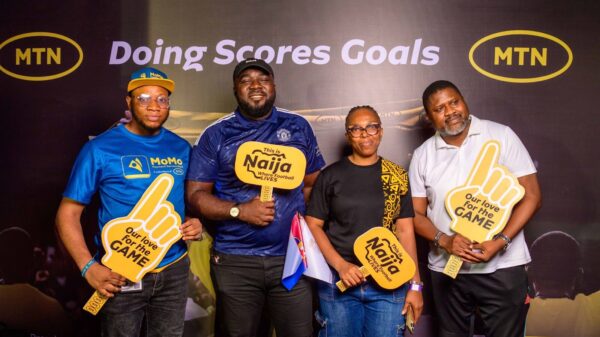By Marcus Zackey, Key Account Executive at Infobip
The retail industry has witnessed a remarkable transformation in recent years due to the widespread adoption of mobile devices, leading to the emergence of M-commerce (mobile commerce). This paradigm shift has changed how companies engage with their customers and effectively drive sales.
Mobile devices can collect and provide retailers with huge amounts of information to personalise their messaging based on customer behaviour, preferences, and unique interests. This has resulted in mass marketing being phased out, as brands and businesses can now rely on much smarter advertising mechanisms.
The growth of this trend has compelled retailers to adapt their communication strategies in order to deliver seamless shopping experiences. They are now leveraging targeted notifications to promote products, engaging customers through social media platforms, leveraging location-based marketing and personalising interactions based on data analysis.
Simultaneously, we are witnessing a global increase in conversational or chat commerce, which is essentially the intersection of messaging apps and shopping. Retailers need to understand how to play the two off against each other to allow for a more personalised customer experience.
Essential to getting this right is knowing where to spend your advertising budget. Retailers should take into account how often people look at their mobile phones during the day as opposed to how many times they might open a PC. With this in mind, meeting the consumer’s needs where they spend most of their time is generally a good approach to engage your audience.
Option to chat
When this marketing approach is combined with the ability to engage in direct conversations with brands or retailers, companies are able to develop a much closer bond with their customers. So why spend millions on your website, which is one-way communication, when you can focus your budget on mobile marketing where you can advertise and communicate in a bi-directional manner through various chat mechanisms?
Mobile devices are also the ideal platform for retailers to provide aftersales services, which is key because if a customer wants to process a refund or raise a complaint, nine times out of 10 they’ll do this via their cell phone. Refunds and complaints are bound to occur, but how they are processed by the retailer and how easy they are to action by end user will determine customer loyalty.
However, retailers should be aware that consumers are bombarded with hundreds of adverts on a daily basis, so it is important to find ways to keep a customer’s attention and maintain their brand loyalty. This is where personalisation comes in. Based on user behaviour, messages can be triggered during very specific events, sending the right message to the right user on the right channel at the right time.
Hyper personalisation
In light of this, hyper personalisation is getting a lot of attention from marketers globally, as it allows them to move away from mass broadcasting. Instead, marketing messages can be hyper personalised via these range of channels and with the aid of some smart technology.
All mainstream retailers have advertising strategies in place, but to ensure that these strategies are effective, companies need to stay top of mind for consumers. This means embracing new technologies that improve the customer experience and this translates to hyper personalised messaging over a mobile device.
When considering effective communication strategies, companies want to send the right message to the right user over the right platform. Considering the amount of time people spend with their mobile phones in their hands, this is a platform that is gaining a lot of the user’s attention on a daily basis.
In the age of m-commerce, it is crucial for businesses to prioritise their advertising budget on this platform rather than only investing in web browser or billboard advertisements. Ultimately, the goal is for brands to connect with consumers on their preferred platforms and engage with them where they want to be reached.
![]()




























































